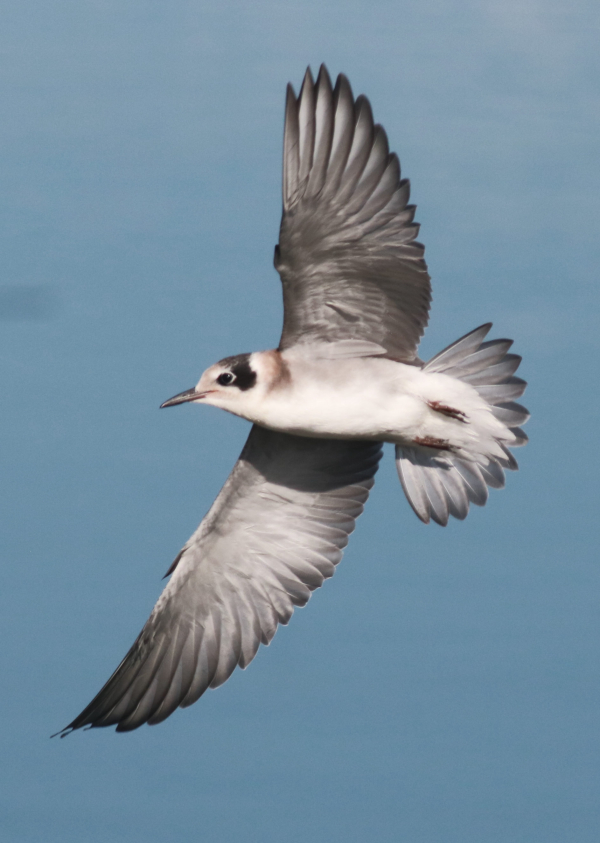
You can tract the year-round movements of birds using the new Bird Migration Explorer (Black Tern photo by Paul Konrad).
|
Learn about the migrations and natural history of 458 bird species that nest in the United States and Canada, including your favorite birds and a variety of other interesting species. The new Bird Migration Explorer brings species migration, nesting and winter ranges, and much more to your screen, enabling you to study birds in a variety of ways on a new platform. Created by Audubon and 9 founding partners using research contributed by hundreds of biologists and institutions, the Bird Migration Explorer provides the most complete picture of the migrations and much more.
Birders who open the website are met with a colorful map composed of routes of more than 9,300 birds fitted with tracking devices providing information shared by scientists from across the Western Hemisphere. The effect is astounding, said Melanie Smith, program director for the project: “You can even see how birds trace the outlines of continental shorelines, rivers, lakes, mountain ridges.”
Smith and her colleagues envision a broad audience using the Bird Migration Explorer, ranging from birders to conservationists interested in identifying and protecting the places migratory birds need during fall and spring migrations, as well as within their nesting and wintering ranges. With information available in English and Spanish, the platform makes it possible to delve into the fascinating world of migratory birds by people from many countries across the hemisphere and beyond.
Explore by Species – On the homepage, simply click the “Bird Species” button, type a bird’s name into the search field or scroll through the illustrated list of birds provided alphabetically, and the website will generate an interactive version of a species-specific migration map that tracks the species throughout its annual cycle.
Individual birds fitted with GPS transmitters are indicated by yellow circles that reveal the movements of specific birds and nesting populations. You can also learn about the species’ natural history through a brief but interesting description.
To learn more and begin using Bird Migration Explorer, see Explore Bird Species | Bird Migration Explorer (audubon.org) and Bird Migration Explorer